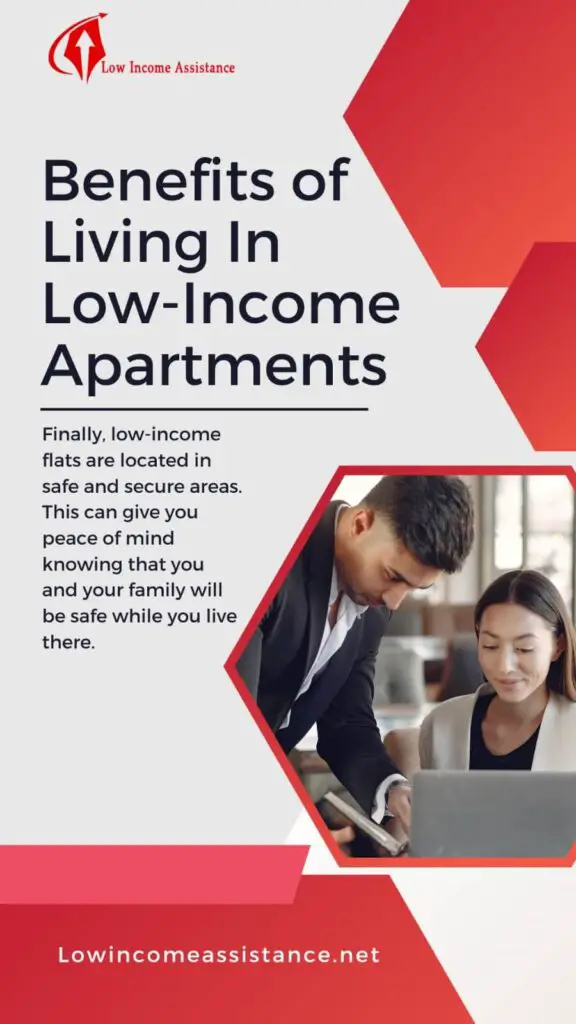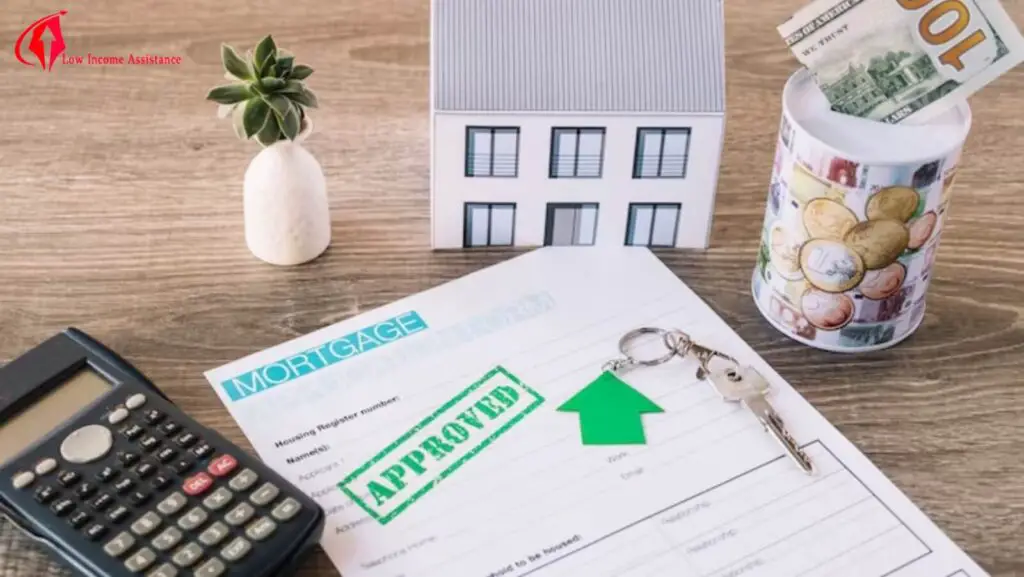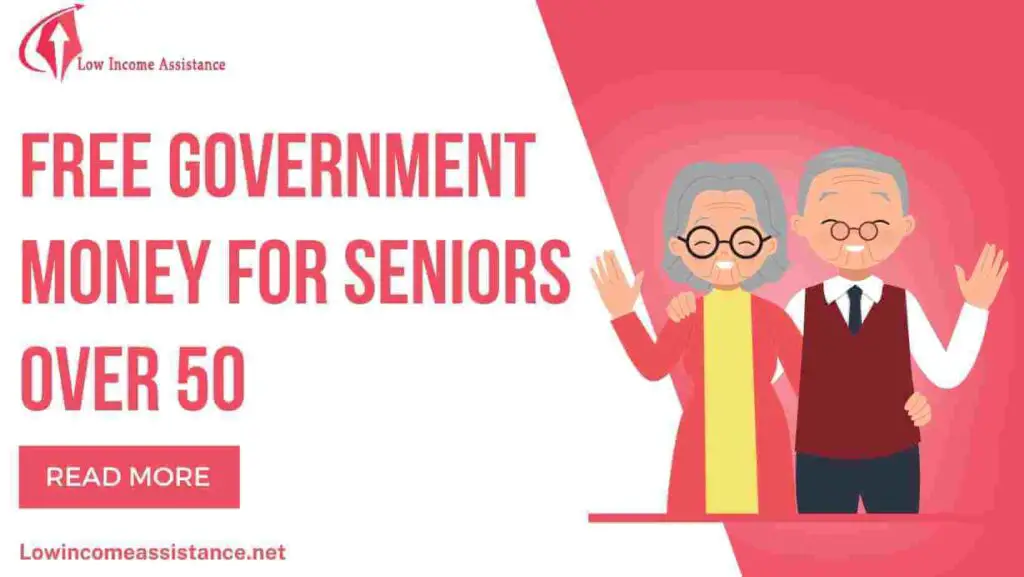Finding affordable Housing can be daunting and stressful, especially with a long waiting list. This article gives you the lowdown on finding low income Housing near you with no waiting list.
We’ll look at income-based apartments, explain how to find them, and provide useful tips on securing one of these coveted spots. Let’s get started!
Low-Income Housing With No Waiting List
Many people are searching for affordable Housing with no waiting list. This can be not easy, but finding these types of apartments is possible. Low-income housing and no-waiting list apartments are typically available through government programs and nonprofit organizations.
Individuals who qualify for low-income Housing may not have to pay a security deposit, monthly rent, or utility bills. These types of apartments are typically reserved for those who earn less than 30% of the median income in the area.
To find out if you qualify for low-income Housing, you will need to contact the agency that manages the program in your area. No waiting list apartments are another type of affordable housing option.
These apartments are typically available through private landlords who participate in government programs. To find out if any landlords in your area participate in these programs, you will need to contact your local housing authority.
Affordable Rooms For Rent Under $100 A Week Near Me
14 Programs You May Qualify For Low-Income Housing With No Waiting List
-
The Housing Choice Voucher (Section 8)
The Housing Choice Voucher (Section 8) Program is the federal government’s major program for assisting low-income families, the elderly, and the disabled to afford decent, safe, and sanitary Housing in the private market.
Since housing assistance is provided on behalf of the family or individual, participants can choose any accommodation that meets program requirements.
-
The Project-Based Rental Assistance
The Project-Based Rental Assistance program provides subsidies to owners of privately-owned rental property to make units available at below-market rents to eligible low-income families.
Unlike the Housing Choice Voucher program, participants are not free to choose their unit or landlord; they are limited to specific departments at specific properties.
Churches that help with rent for low income people
-
The Section 811 Housing
The Section 811 Housing for People with Disabilities program provides subsidies to qualified nonprofit organizations and public entities to develop or rehabilitate multifamily rental housing projects that serve very low-income persons with disabilities.
Like Project-Based Rental Assistance, participants are not free to choose their unit or landlord; they are limited to specific departments at specific properties.
-
The Low Income Housing Tax Credit (LIHTC)
The Low Income Housing Tax Credit (LIHTC) is a competitive tax credit offered annually by the Internal Revenue Service (IRS) to encourage affordable housing investments. The tax credit is claimed over 10 years, after which it may be renewed.
LIHTC properties can be newly constructed or rehabilitated buildings, owner-occupied or renter-occupied.
-
Homeless Prevention And Rapid Rehousing
Homeless prevention and rapid rehousing are strategies designed to prevent and reduce homelessness by helping individuals and families at risk of losing their Housing remain in it at an affordable rate.
These programs focus on short-term assistance, such as providing temporary rental subsidies, one-time payments for rent or utilities, and case management services.
Free Home Repairs Grants For Veterans
-
Habitat For Humanity
Habitat for Humanity is a nonprofit organization that works with low-income families to build new homes or renovate existing ones. Once complete, the family can purchase their home with an affordable mortgage loan.
Habitat also assists families through local chapters with home repairs to maintain safe and healthy living conditions.
-
The Mission
The mission of the U.S. Department of Housing and Urban Development (HUD) is to create strong, sustainable, inclusive communities and quality, affordable homes for all Americans.
HUD works to strengthen the housing market and promote opportunities for people of all incomes, provide support for homeownership and increase access to affordable rental Housing.
-
Mercy
Mercy is a Catholic faith-based organization that provides Housing and related services to those in need. Mercy’s mission is to provide knowledgeable, compassionate, timely, and cost-effective services that are accessible and tailored to meet the needs of the people they serve.
-
Volunteers Of America (VOA)
Volunteers of America (VOA) is a nonprofit humanitarian organization dedicated to helping disadvantaged individuals and families to realize their full potential through programs that target vulnerable populations.
VOA provides temporary shelter, transitional housing, permanent supportive housing, homeless prevention assistance, rapid rehousing services, and other related programs.
-
The Salvation Army
The Salvation Army is a Christian organization committed to serving all people in need regardless of religion, race, or culture.
The Salvation Army focuses on providing relief from poverty through direct assistance such as food pantries, feeding programs, clothing and furniture banks, as well as homeless shelters for men, women, and children.
-
Lutheran Services In America
Lutheran Services in America is a network of over 250 nonprofit health and human service organizations providing a wide array of comprehensive services, including health care, child welfare, adoption placement, refugee resettlement services, and job training, among other essential community supports.
-
Catholic Charities
Catholic Charities USA is the national office for approximately 160 local Catholic Charities agencies nationwide that are individually licensed by the states in which they operate.
Catholic Charities provides a wide variety of services, including assistance with Housing, economic stability, health and well-being, disaster relief, and refugee resettlement assistance.
-
Rural Development Apartments
Rural Development Apartments under Section 515 of the Housing Act of 1949 are multifamily rental housing developments in rural areas sponsored by local nonprofits and private developers.
These developments provide affordable Housing for low-income families, persons with disabilities, and the elderly.
-
The Interfaith Hospitality Network (IHN)
The Interfaith Hospitality Network (IHN) is a faith-based organization comprised of more than 125 congregations in 40 states which provides support services to homeless families through emergency shelters, transitional housing programs, supportive services, and mentoring and job skills training.
Grants For Windows Replacement
How To Search For Affordable Housing With No Waiting List?
If you’re searching for affordable Housing with no waiting list, there are a few things you can do to make your search easier. Start by looking for low-income apartments in your area.
You can use online resources like HUD’s Low-Income Housing Tax Credit program or the U.S. Department of Agriculture’s Single Family Housing Direct Loan program to find listings of available units.
Another option is to contact your local housing authority or public housing agency. They may have information about affordable housing developments that don’t have a waiting list.
You can also check with private organizations that help people find affordable Housing, such as nonprofit groups or faith-based organizations. Once you’ve found a few potential options, reach out to the property managers to see if they have any units available.
Be sure to ask about costs, income requirements, and how long the waiting list is (if there is one). Remember that even if a property doesn’t have a waiting list, it could fill up quickly. So don’t delay applying if you find an apartment that meets your needs and budget.
Benefits of Living In Low-Income Apartments
There are many benefits of living in low-income apartments. For one, low-income flats tend to be more affordable than other housing types. This can be a big help if you are on a tight budget.

Additionally, low-income apartments often have shorter waiting lists than different housing types.
This means that you can move into your new home much sooner than if you were to wait for an apartment that is not low-income.
Finally, low-income flats are located in safe and secure areas. This can give you peace of mind knowing that you and your family will be safe while you live there.
Finding Community Resources Near You For Affordable Housing
There are a variety of ways to find affordable Housing near you. The most important thing is to get started early and be persistent.
Find affordable Housing through the Department of Housing and Urban Development’s (HUD) website. HUD provides a list of apartments approved for low-income housing tax credits. You can also search for Section 8 housing on their website.
Another way to find affordable Housing is through the Low Income Housing Tax Credit program. This program provides tax breaks for developers who build or rehabilitate low-income Housing. You can search for properties approved for this program on the HUD website.
The best way to find affordable Housing is through word-of-mouth. Talk to your friends, family, and co-workers to see if they know of any good deals on apartments or houses. They may know someone looking to rent their spare room or basement apartment.
Finally, don’t forget about government assistance programs like Section 8 vouchers or public Housing. These programs can help you afford to rent in an expensive city. To learn more about these programs, visit the HUD website or speak with a Housing Counselor at your local public housing authority.
Conclusion:-
Finding affordable Housing with no waiting list can seem daunting, but it is possible. With this guide, you now know the best ways to research potential places in your area and how to take action throughout the process.
Start exploring now, speak with property managers, and make sure you have all your paperwork available. With these tips in mind, finding an affordable place of your own should not be challenging or too difficult.
Frequently Asked Questions
What are the most to qualify for low-income Housing?
The most common criteria are income, asset limits, and citizenship status. Pay: To qualify for low-income Housing, your income must fall at or below the poverty line. The poverty line is different for each family size and can be found here. Asset Limits: To qualify for low-income Housing, you cannot have more than $5,000 in assets. This includes savings, investments, and property. Citizenship Status: To qualify for low-income Housing, you must be a U.S. citizen or have a qualifying immigration status.
What state has the shortest waiting list for Section 8?
According to a recent study, the state with the shortest waiting list for Section 8 is Alaska. Alaska’s waiting list is straightforward because the state has a very limited supply of Section 8 housing. This is due to the state’s small population and the high cost of construction in remote areas.
What state has the best low-income Housing?
Mississippi is the most affordable state in the United States, followed by Kalamazoo, Michigan. The study looked at the cost of living, housing costs, and other factors in all 50 states to come up with the rankings.
Can a single person qualify for Section 8?
Yes, a single person can qualify for Section 8. The program is designed to help low-income families, the elderly, and the disabled afford safe and decent Housing. To be eligible for the program, your income must be below 50% of the area median income.














